Polenta has been a firm favorite for hundreds of years in many parts of the world, but this simple dish of boiled cornmeal isn’t necessarily one that’s ever become a staple in households across the USA.
That should change, however, because polenta’s nutritional facts demonstrate a meal that’s packed full of nutrients and vitamins, that’s low in calories, high in fiber, and totally gluten free.
On the side
Ground cornmeal might not sound too exciting, but it can be served as a nutritional side dish:
- It can be baked, fried, turned into dessert.
- It can be enjoyed hot or cold.
- It can boost your vegan macros if you’re on a plant-based healthy eating diet.
- It’s surprisingly easy to prepare at home.
In today’s article, we explore polenta nutrition facts and explain the best polenta health benefits and reasons to include this adaptable dish in your weekly meal plan!
What is polenta?
Before we look at polenta nutritional info, let’s take a look at what it is exactly, as it’s not always a common item on menus or shopping lists.
The basics
- At its most basic, polenta is a dish prepared using finely ground corn, which is better known as cornmeal.
- The cornmeal is mixed with a liquid, usually water but sometimes milk, and slowly boiled until it has a porridge-like consistency. The resulting mixture is known as polenta.
- Polenta commonly has a yellow color due to the fact that yellow corn is the most common type of grain used in its preparation (although white corn can be used too).
Preparation
Polenta is easy to prepare, it’s cheap, and it has plenty of nutritional benefits when it’s included as part of a balanced diet. For these reasons, polenta has been a staple in parts of Europe (particularly Italy) for hundreds of years, ever since maize was first shipped over from the Americas in the 16th century.
There’s a lot that can be done with polenta, and it’s starting to become a popular alternative to traditional grains such as rice and traditional carb dishes such as potatoes in the USA.
You can cook polenta to accompany many meals, whether it’s veggie, vegan, meat, or fish, and it can even be turned into a sweet cake!
Polenta nutrition facts
Polenta’s nutritional value is surprisingly diverse, given how basic polenta ingredients actually are.
The quantity of protein in polenta and fiber in polenta is remarkably high, while it’s also comparatively low in calories and fat, given its high nutritional output.
It should be noted that the nutritional stats do vary depending on how the polenta has been prepared. For example:
- Polenta prepared using milk is going to be higher in calories, fat, and protein than polenta that’s been prepared using water alone.
- Polenta can be prepared sweet or savory, which again affects its nutritional content and its number of calories.
In addition, polenta contains iron, zinc, and magnesium and is also a fantastic source of Vitamin A, which is important for the proper functioning of many of our organs.
Health benefits of polenta
- Full of vitamins. Polenta contains many important nutrients and vitamins, which are essential for a healthy diet, and so this simple dish offers a wide range of health benefits.
- Low calorie. Polenta is often used as a substitute for other grains or carbs, such as pasta, rice, or potatoes. That’s because it’s lower in calories, but most importantly, polenta contains complex carbs rather than simple carbs. Complex carbs in polenta aren’t reduced to sugar as easily as simple carbs, which is excellent for anyone looking out for their blood sugar levels.
- Packed with protein. Polenta is also an excellent source of protein, which is making it particularly popular as part of a balanced veggie or vegan diet.
- Gluten-free. That makes it a fantastic alternative to traditional carbs such as pasta, which are packed full of gluten!
How to make polenta at home
Polenta is simple to prepare at home, but if you’re wondering, ‘what does polenta taste like?’ then this depends on how it’s prepared.
- Straight out of the cooking pot, polenta is thick, almost creamy, and hearty to taste.
- The simplest recipes require just water and cornmeal, but you can vary the taste and texture by adding salt for a savory polenta, or sugar for a sweet polenta.
- Ground cornmeal can be found in most stores and supermarkets, but make sure you select the finest grinds for making polenta.
To make a basic polenta, you need to measure out 1 cup of cornmeal to 4 cups of water:
- Add both ingredients to a pot and leave to simmer for a minimum of 45 minutes on the stovetop.
- Add salt or sugar for a savory or sweet finish.
- The end product will have a thick consistency, and the longer you simmer, the thicker that consistency is going to be.
And what goes with polenta?
Almost anything that you would ordinarily prepare to eat with other grains such as rice or dishes such as mashed potato.
Polenta can also be deep-fried or baked, giving budding chefs the chance to prepare healthy polenta fries.
Get creative, and enjoy this wonderfully simple dish at home.
Polenta Nutrition
Polenta is an often overlooked dish that’s surprisingly easy to prepare but that’s packed full of essential nutrients and vitamins that are needed for a well-rounded diet.
Polenta is high in protein and fiber, but compared to rice, pasta, or potatoes, it’s much lower in calories and fat, yet still provides a source of complex carbs that are much-needed for energy.
So, why not to try polenta out for your next meal?
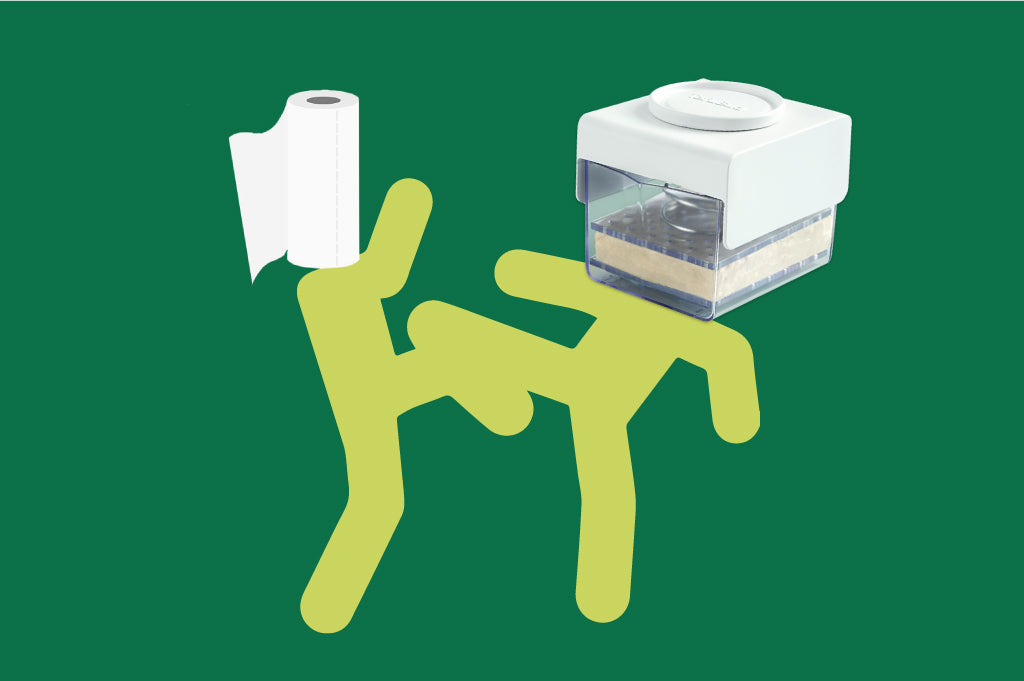



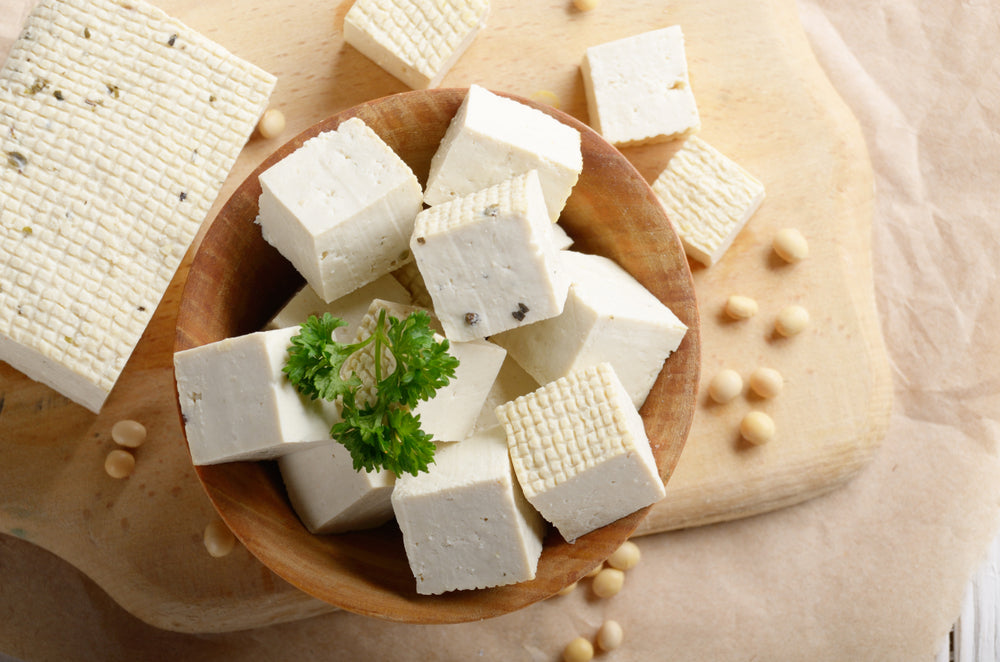
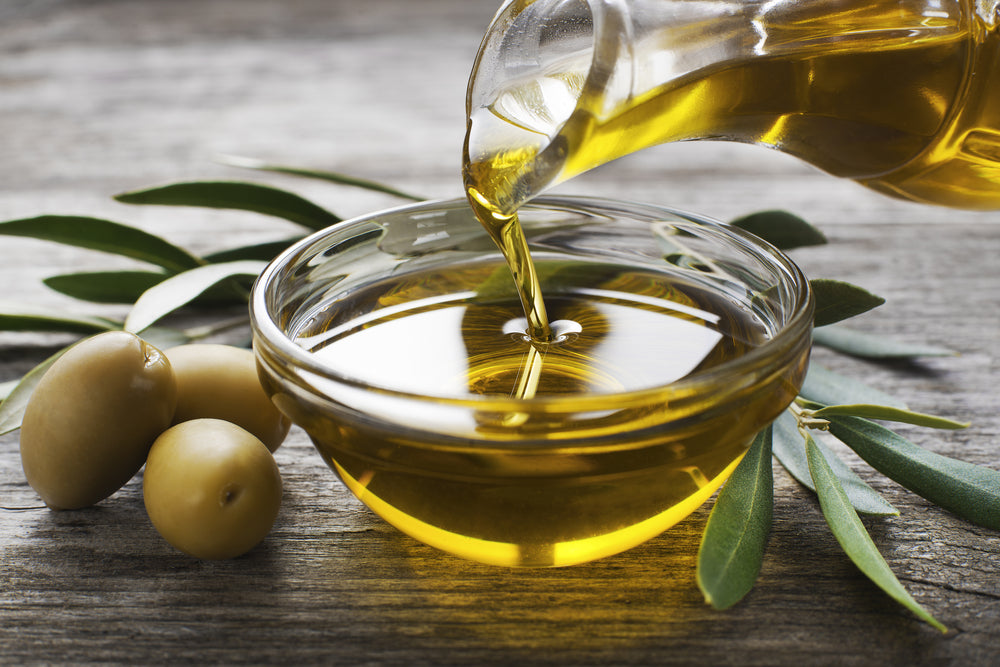
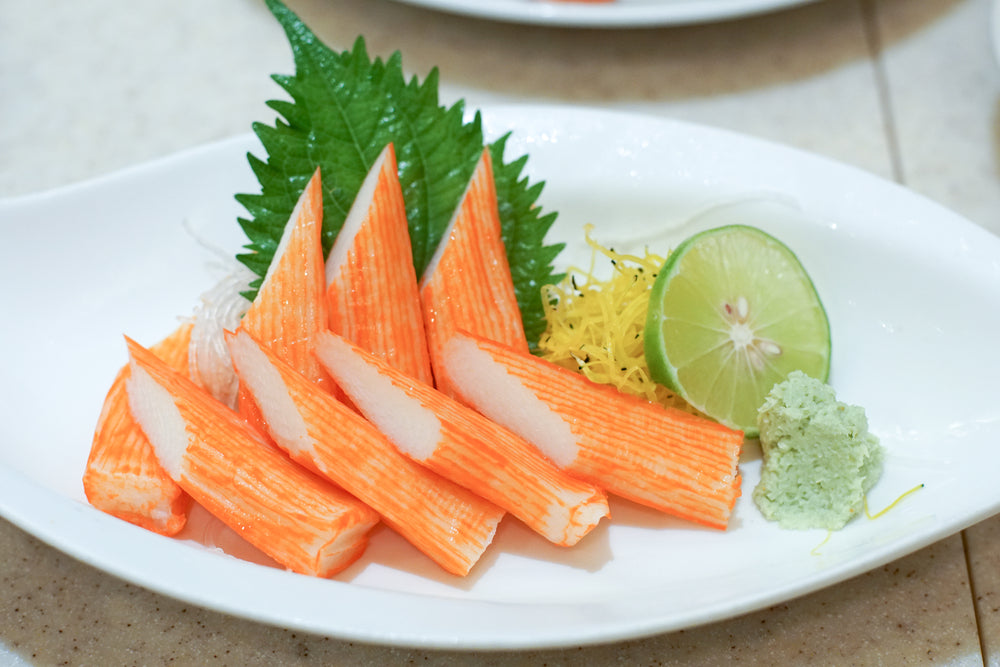
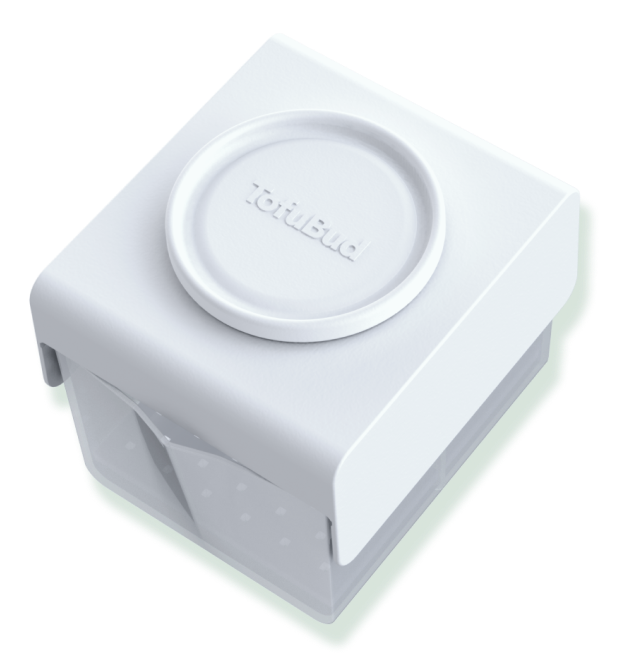
Leave a comment (all fields required)